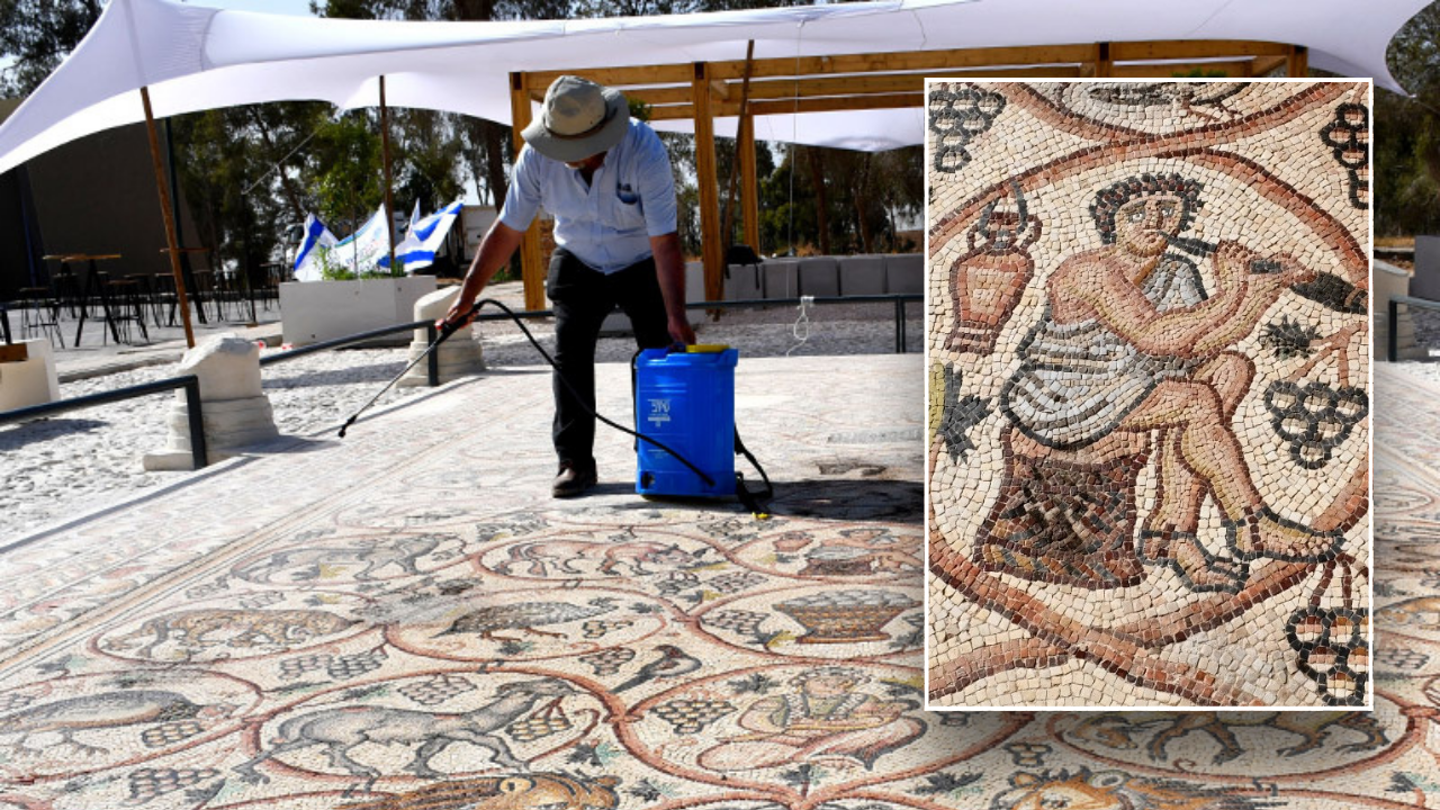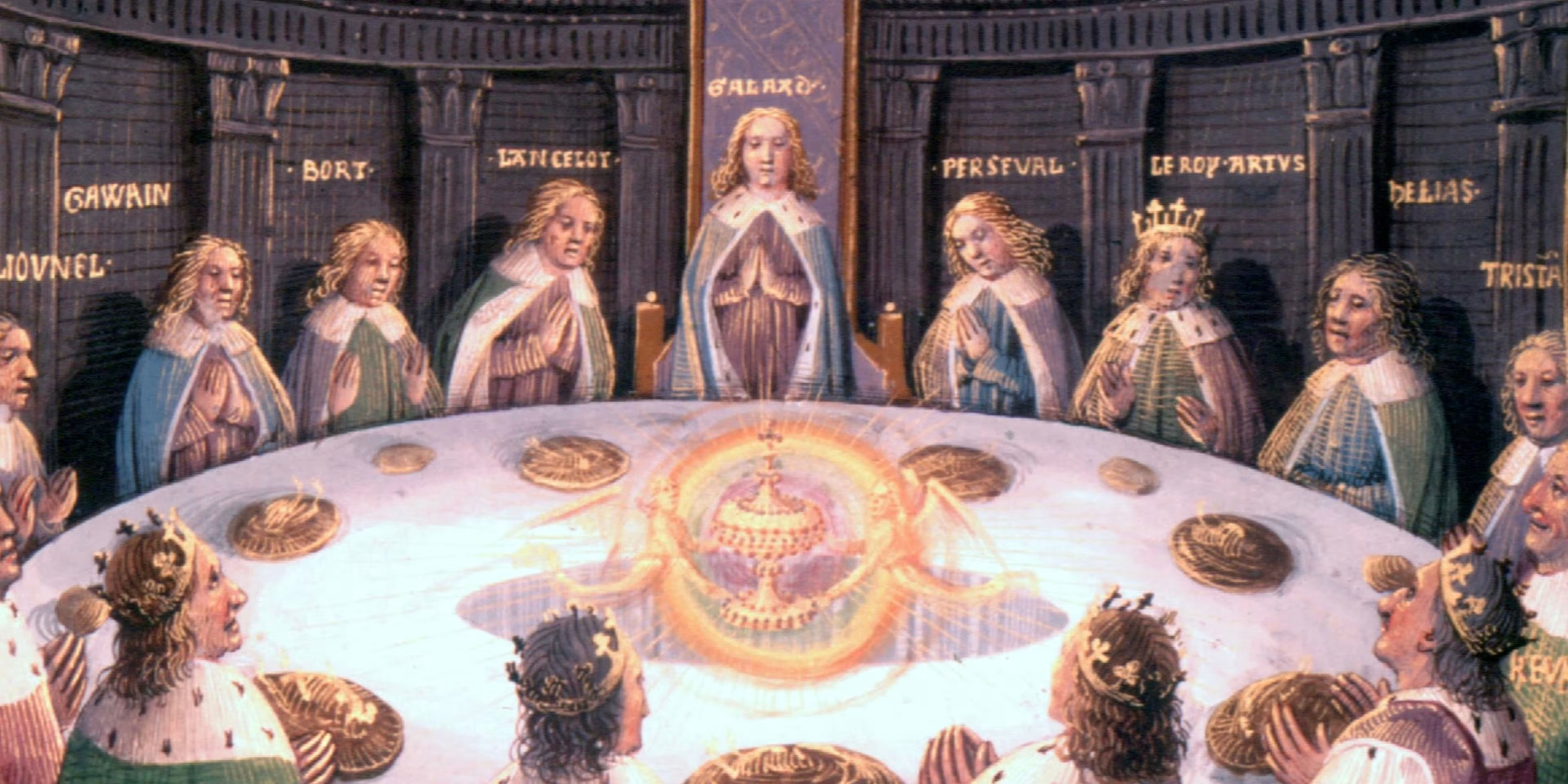Israeli officials have recently opened a remarkable archaeological site to the public, showcasing a stunning Byzantine-era mosaic clearly crafted by the hand of a true artist.
Photo: Israel Antiquities Authority
“A Work of a True Artist”
“This mosaic is undoubtedly the work of a master artisan,” noted excavation director Lender. “It’s made up of tiny colored stones combined with glass and ceramics, giving the artwork remarkable variety and depth.”
Discovered back in 1990 during an excavation at Kibbutz Urim, the Ber Shema mosaic is believed to date to Israel’s Byzantine period, which spanned from 324 AD to 638 AD.
According to Israeli officials, the mosaic was part of a Christian monastery that also operated as a winery, likely as a means of economic self-sufficiency.
“The excavation revealed a large winepress and several storage rooms filled with locally crafted vessels,” reported the Israeli Ministry of Foreign Affairs.
A Gateway Through a Historic Trade Route
The monastery was strategically located along an ancient trade road that once connected the city of Halutza (known in Greek as Hellousa) to the port of Gaza, a key route for the spice trade.
“It appears the road where the settlement was located acted as a boundary between the desert and the inhabited regions of the country during the Byzantine period,” officials explained. “It may have also served a similar purpose during the earlier Roman era.”
The 1,600-year-old mosaic features 55 distinct oval portraits, capturing a vibrant blend of mythological figures and exotic animals in rich color and detail.
Photo: Israel Antiquities Authority
Part of a Vast Ancient Settlement
The 1,600-year-old colorful artwork features 55 distinct oval portraits.
Photo: Israel Antiquities Authority
Archaeologists found that the monastery was just one part of a much larger settlement, covering several thousand dunams—an ancient unit of land measurement still used in Israel today, equivalent to 1,000 square meters.
“A Safe Haven from Bedouin Raids”
The settlement also offered safety and shelter for travelers, protecting them from potential attacks by local Bedouin tribes, according to the Ministry of Foreign Affairs.
In recent months, archaeologists have been hard at work restoring and conserving the mosaic, reinforcing the structure and repairing damaged sections to ensure its preservation.
A New Archaeological Garden for the Public
Eli Escusido, head of the Israel Antiquities Authority, expressed his gratitude for the opportunity to unveil this treasure to the public, stating that the site will soon serve as an open-air archaeological park.
“I invite everyone to come, enjoy, and experience one of the most beautiful mosaics ever discovered in southern Israel, right here in the northwestern Negev,” he said.








